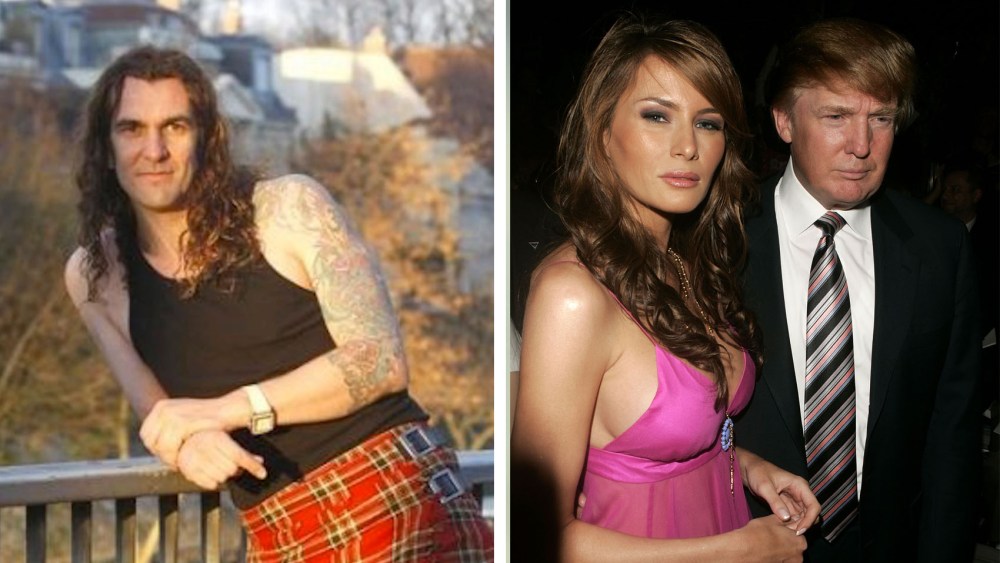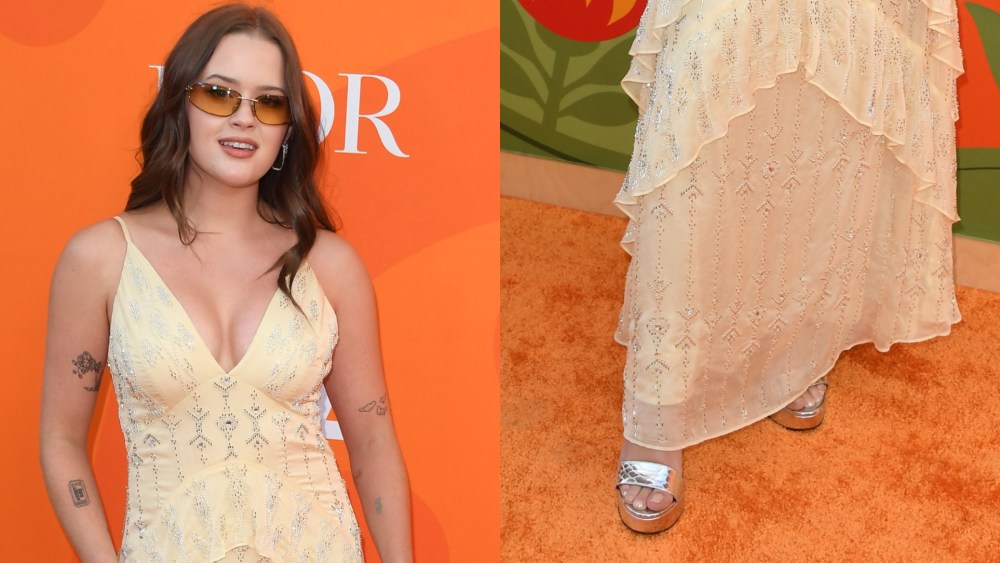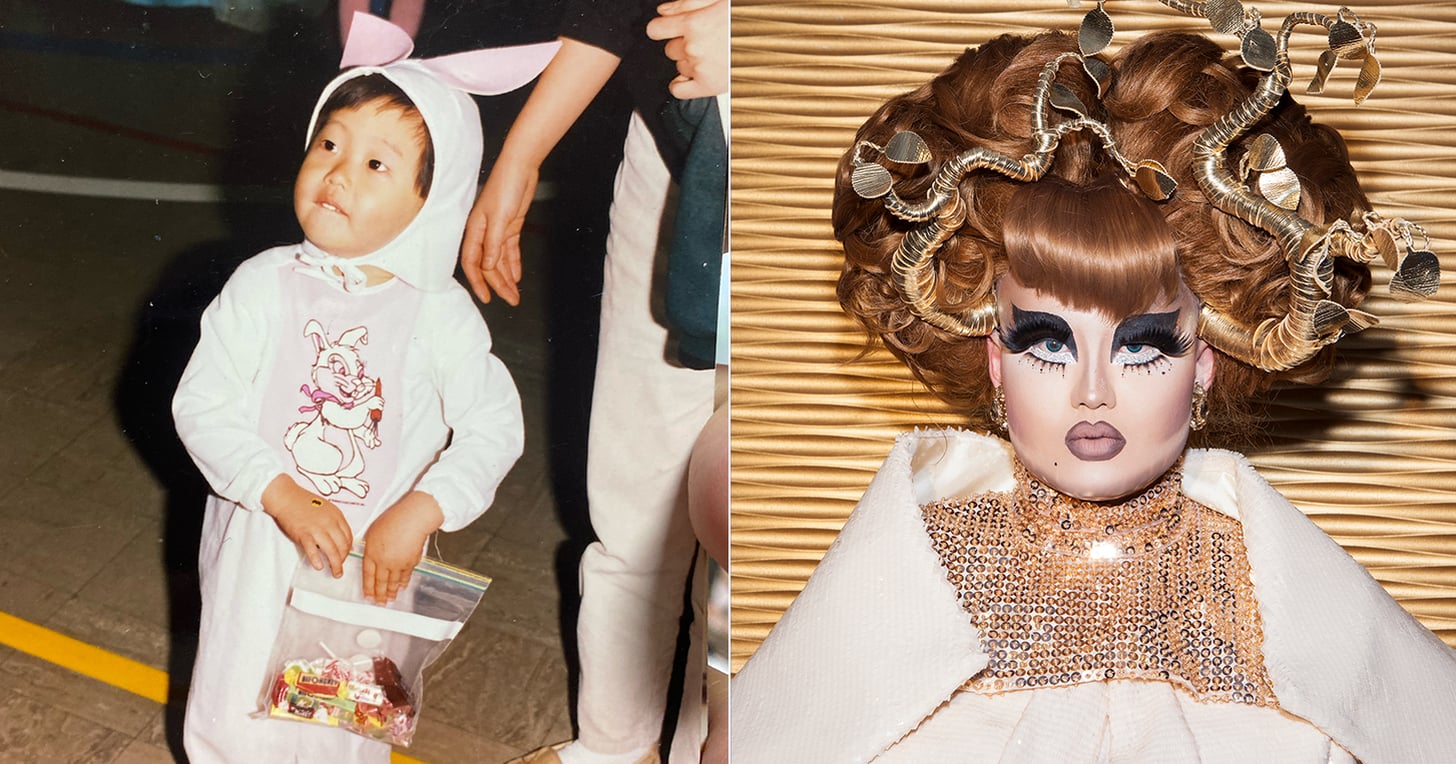What was it like to photograph Melania Trump nude for a fashion shoot in the mid 1990s? Alexandre Alé de Basseville knows all about that.
But the photographer was only reminded of that New York City assignment after Trump defended her nude modeling work in a video posted on “X” in promoting her upcoming memoir “Melania” from Skyhorse Publishing. Reached in Paris, de Basseville said he doesn’t know the last time he spoke with the former first lady and that he only learned of the media interest in his photos after people pinged him Wednesday.
Having first crossed paths when she was a single model known as Melania Knauss, de Basseville wasn’t sure exactly when in the mid-1990s the photos were taken for Max magazine in a duplex studio with a rooftop at West 26th Street and Sixth Avenue. “They’re saying 1996. That was a long time ago. We’re talking about a time that doesn’t exist anymore,” he said.
The New York Post reported the shoot took place in 1995.
You May Also Like
Working as an “artist photographer,” de Basseville said he was looking for a “charismatic” model to counterbalance the other model Emma Eriksson, who was already booked for the shoot. After someone told him he “had to see this girl,” Metropolitan Models introduced him to Knauss, who turned out to “be perfect for the scenario” that he had imagined.
“I’m an old-style guy,” he said with a laugh. “I come from an art background, painting and sculpting, and taking classes in a dance studio in Rome. For me, art was Caravaggio. I have always wanted to represent women like [the artists] in the 15th and 16th centuries with free will in terms of artistic vision and the diversity in all that she has to say. My concern was showing the beauty of a woman inside and out.”
As for what he thinks of having nude photos of a former first lady, de Basseville said, “When you have a first lady, who was as beautiful as she was, why would that be any different than all of these kings and queens, who have been represented naked in art for centuries and centuries. What is the difference between [that] and Alexander the Great [nearly] naked on his horse? Who doesn’t like ‘David’ by Michelangelo? I think it’s hypocrisy or jealousy maybe.”
Recalling the shoot with Trump, de Basseville said Trump was “super nice with all of the team. Of course, at this time there was Photoshop. There were people on set for the lighting, makeup, hair and styling. She was really professional and really nice.”
Afterward Eriksson, a favorite of Thierry Mugler, had to rush off to catch a flight to Paris, so de Basseville and Trump had a drink together in SoHo, as was routine post-shoot then. “We were talking about life and what we should do [laughs] and stupid stuff. It was like two friends hanging out together just having a good time, after doing something that was emotionally strong. It was really nice,” de Basseville said.

Trump later did another nude photo shoot for British GQ’s March 2000 issue, curled up on a rug aboard Donald Trump’s custom Boeing 727, wearing only jewelry and handcuffed to a leather briefcase. On Wednesday, Trump said in her 45-second video post on “X,” “Why do I stand proudly behind my nude modeling work? The more pressing question is: Why has the media chosen to scrutinize my celebration of the human form in a fashion shoot?”
Just as Trump’s life has had some twists and turns, so, too, has de Basseville’s, who has traveled the globe, expanded his career to other mediums and previously served prison time. Born Jarl Alexandre Alé de Basseville in Bordeaux in 1970, he is a descendant of the 1st king Harald of Norway. He got into contemporary art as a teenager inspired by working with Andy Warhol and studying art in Milan. After meeting the fashion designer Claude Montana, he painted on leather clothing for the first time.
“She’s proud of the photos and I am so glad that she saw the same thing that I saw. Her sister was in the fashion business, too. So it’s fantastic,” said de Basseville.
De Basseville said he approached the shoot like a sculptor, who worked together with the models. “Photography is also like making a movie. It’s a little bit like acting. Some aspects are, of course not true,” he said.
After 2000, he said photography took two tracks — the art way and the fashion way. “I have never been in the fashion way. I have always been in the artistic way,” de Basseville said.
His lifelong causes are AIDS awareness, which has been driven partially to the loss of relatives from the disease and women’s rights. He said, “It’s totally stupid that in 2024 we’re still fighting for women’s rights. After I had all these friends, girls and models telling me their stories [of mistreatment including ones] about Harvey Weinstein, who I knew, and all these other guys, I was dead. I couldn’t even believe it. I still can’t. I have always been fighting for two things in my life, AIDS and women’s rights.”
The photographer also has faced legal problems. In 2017, after pleading guilty to conspiracy to commit money laundering and conspiracy to distribute MDMA, which is more widely known as “ecstasy,” de Basseville was sentenced to 10 years in prison and served two years.
During a two-year undercover investigation led by the Drug Enforcement Agent, de Basseville and his codefendant Bruno Cavelier d’Esclavelles negotiated with undercover agents, who were posing as drug traffickers, to launder more than $20 million in drug proceeds and to import and distribute more than 500 ecstasy pills.
Asked about being incarcerated, he said, “It was an experience. I met a lot of people. I learned a lot. A lot of people are desperate. Jail is a dangerous place. There are all of these really dangerous people, who are there for dealing drugs, for killing people and so on,” he said.
Often airborne, de Basseville said he is always learning from his experiences and gaining knowledge for art and life. “Caravaggio was for me, my master — no matter what. He and other artists have been in jail. It doesn’t matter.”
Based in Paris, de Basseville has been doing a lot of painting, photography and design work with his architect wife Egla Harxhi. Their six-year-old son Luxifer de Basseville is often painting and dabbling in art with him, the photographer said. “I continue to work every day a lot. I am always trying to go up, up and up to develop myself.”

The social network’s primary downside is that many people judge others in two seconds, de Basseville said. He prefers to read philosophy from Plato and Hannah Arendt. With a double genetic disease, epilepsy and Asperger’s syndrome, he started reading frequently as a child, since he could not go to school. “That’s why I didn’t know a lot of things about life and that’s why I have never been jealous,” he said. “Sometimes things that are normal for people are not normal for me. That’s because they are things that I don’t think about. The way society is today doesn’t matter to me. If everybody says, ‘Everybody lives like that, I’ve got to live like that,’ I don’t care.”

De Basseville added, “I prefer to live my dream, which maybe is more artistic in a way. That’s just the way it is.”



